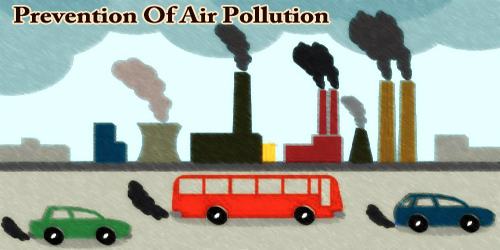A heat dome refers to a prolonged period of hot weather that is characterized by high atmospheric pressure and stagnant air. During a heat dome, the high-pressure system traps hot air underneath it, preventing it from escaping and causing temperatures to soar.
In 2021, North America experienced one of the deadliest heatwaves in history. A high-pressure system known as a “heat dome,” which confines hot air like a cap, is what brought on the heatwave.
Both the general public and the scientific community are extremely concerned about how much the heat dome has contributed to the heatwave and whether it will continue to have such a negative impact.
Heat domes can last for several days or even weeks, and they can result in dangerous heat waves and extreme weather events such as wildfires and droughts. Heat domes are becoming increasingly common due to climate change, which is causing more frequent and severe heat waves around the world.
According to a study published in Nature Communications and led by Prof. Zhou Tianjun from the Institute of Atmospheric Physics of the Chinese Academy of Sciences, the impact of heat domes on North American heat extremes is expected to increase due to background warming and soil moisture feedback.
The scientists discovered that heat dome-like air circulations caused over 50% of the reported high temperature over Western North America. Heat domes have already had an effect on the intensity of North American heat extremes, and they will continue to intensify as a result of background warming and soil moisture feedback.
We found that if we limit global warming to 1.5 °C instead of 2 °C (3.0 °C), the 0.5 °C (1.5 °C) less warming would reduce the population exposures to 2021-like heat extreme in Western North America by ~53% (89%) under the RCP8.5-SSP5 scenario. This has important implications for climate mitigation and adaptation activities.
Dr. Zhang Wenxia
“We examined long-term changes in extreme temperature and heat dome-like atmospheric circulation in observations. While the temperature index exhibits an accelerated warming trend since 1990, no similar trend is seen in the evolution of a heat dome-like circulation index. This indicates that the hot extreme associated with global warming increases faster than atmospheric circulation,” said Zhang Xing, first author of the study and a Ph.D. student from the University of the Chinese Academy of Sciences.
“To reveal the underlying physical reasons, we investigated the changes of soil moisture and found strong feedback to heat extremes. The soil moisture-atmosphere feedback partly explains why the intensities of hot extremes associated with similar heat domes increase faster than background global warming,” said Prof. Zhou Tianjun, corresponding author of the study.
The scientists extended their study to future climate projections. They found that the frequency of similar heat events would increase by 40-fold by the end of the 21st century compared to that in 2021 under the RCP8.5 scenario (a business-as-usual scenario).
“We also assessed changes at global warming levels of 1.5 °C, 2 °C and 3 °C. We found that if we limit global warming to 1.5 °C instead of 2 °C (3.0 °C), the 0.5 °C (1.5 °C) less warming would reduce the population exposures to 2021-like heat extreme in Western North America by ~53% (89%) under the RCP8.5-SSP5 scenario. This has important implications for climate mitigation and adaptation activities,” said Dr. Zhang Wenxia, co-author of the study.
















